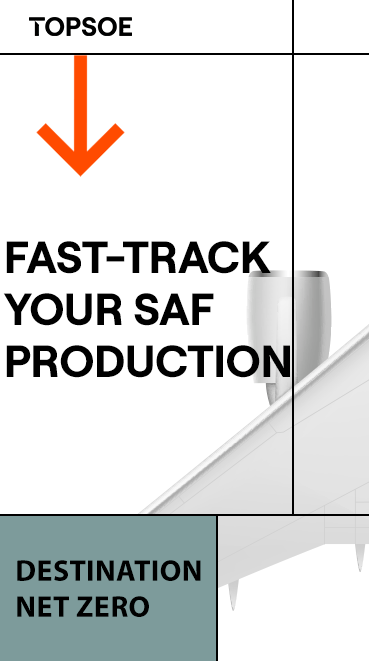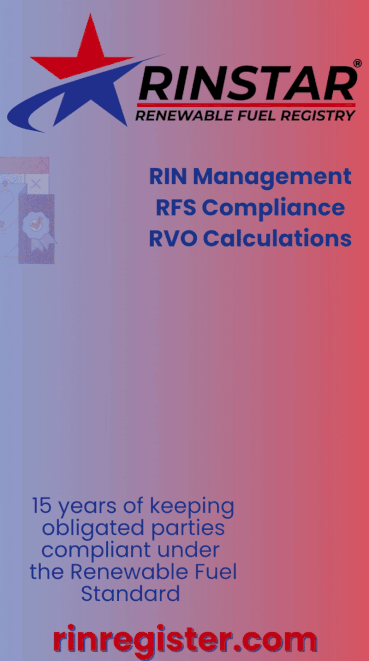EPA’s 3.5% solution
- Paul Winters
- Aug 14, 2023
- 3 min read

Buried in the Renewable Fuel Standards for 2023, 2024 and 2025, as finalized in June, is an unexpected change to the obligated fuel volume calculations. The change has the same effect as small refinery exemptions granted after a final rule.
EPA notes that the volumes of obligated fuel that refiners report at the end of each year are consistently higher than the volumes projected by the Energy Information Administration at the beginning of the year. That isn’t surprising. EIA’s models incorporate assumptions about the impacts of various policies, one of which is the RFS. In fact, EIA recently announced a major change to the Annual Energy Outlook to incorporate impacts of the 2022 Inflation Reduction Act. And in 2021 EIA changed its reporting of biodiesel and renewable diesel to reflect the volumes actually delivered to the market, which also has an impact on the projections.

Nevertheless, EPA elected to raise EIA’s projections of obligated gasoline and diesel for 2023, 2024 and 2025 by 3.5 percent annually to adjust for the perceived discrepancy in past years. EPA plugs EIA’s projections into the denominator in the renewable volume obligation (RVO) calculation, and then subtracts EIA’s projections of annual ethanol and biodiesel use, as well as fuels used in Alaska (which does not participate in the RFS) and in ocean-going vessels.
EPA would also subtract any gasoline and diesel produced by exempt small refineries—as long as it grants the exemptions before finalizing the rule. Since 2016, EPA has only granted these exemptions after the final annual rule, inserting zero into the RVO formula and sometimes leaving billions of gallons of gasoline and diesel out of the obligation. In 2016, 2017 and 2018, for example, small refinery exemptions reduced required volumes of biomass-based diesel by hundreds of millions of gallons.
It may seem like a trivial adjustment. But refiners reported 177 billion gallons of obligated fuel in 2021. EPA’s 3.5 percent increase to the calculation potentially exempts 5.75 billion to 5.9 billion gallons of fuel each year—roughly equivalent to six small refinery exemptions.
The table below compares the annual RVO percentages set by EPA (incorporating the 3.5 percent increase to the denominator) and the RVO percentages calculated per the formula without the increase. The original values were reported in Calculation of Final 2023-2025 Percentage Standards, posted to the rule docket. (The document shows that EPA, in fact, applied the 3.5 percent increase to the entire denominator, unintentionally increasing all of EIA’s projections, including fuels used in Alaska and ocean-going vessels.)

The biomass-based diesel and overall advanced biofuel RVOs were changed by about a tenth of a percentage point each year. It may seem hardly noticeable. However, 0.1 percent of 177 billion gallons is 177 million gallons—a considerable amount. Biodiesel and renewable diesel volumes are impacted by roughly 100 million gallons (considering the RIN value).
Note that EPA made this change only in the final rule; the agency did not propose it last December or open it to public comment. So, to a large extent the change did go unnoticed. Further, it may have been unnecessary given EIA’s recent changes to its projections.
If EPA’s upward adjustment to EIA’s projections overshoots the actual volume of obligated gasoline and diesel reported at the end of 2023, the paltry increase for biomass-based diesel of 60 million gallons in 2023 could be completely wiped away. Since the adjustment impacts all four RVOs, any spillover space in the overall volume is also constrained—by about 700 million to 800 million RINs each year. If EPA reverses recent policy to deny small refinery exemptions, the problem will be compounded.
The biodiesel and renewable diesel industry is still increasing production at a rapid pace this year. Production through the first six months of 2023 remains 35 percent on average above the same time frame in 2022.
As EPA begins work on the 2026 rule—technically due by November 2024—it should properly assess the industry’s progress as well as the updates to EIA’s projections.

Author: Paul Winters
Director of Public Affairs and Federal Communications
Clean Fuels Alliance America
202-737-8803

























-RKstandin.jpg)





